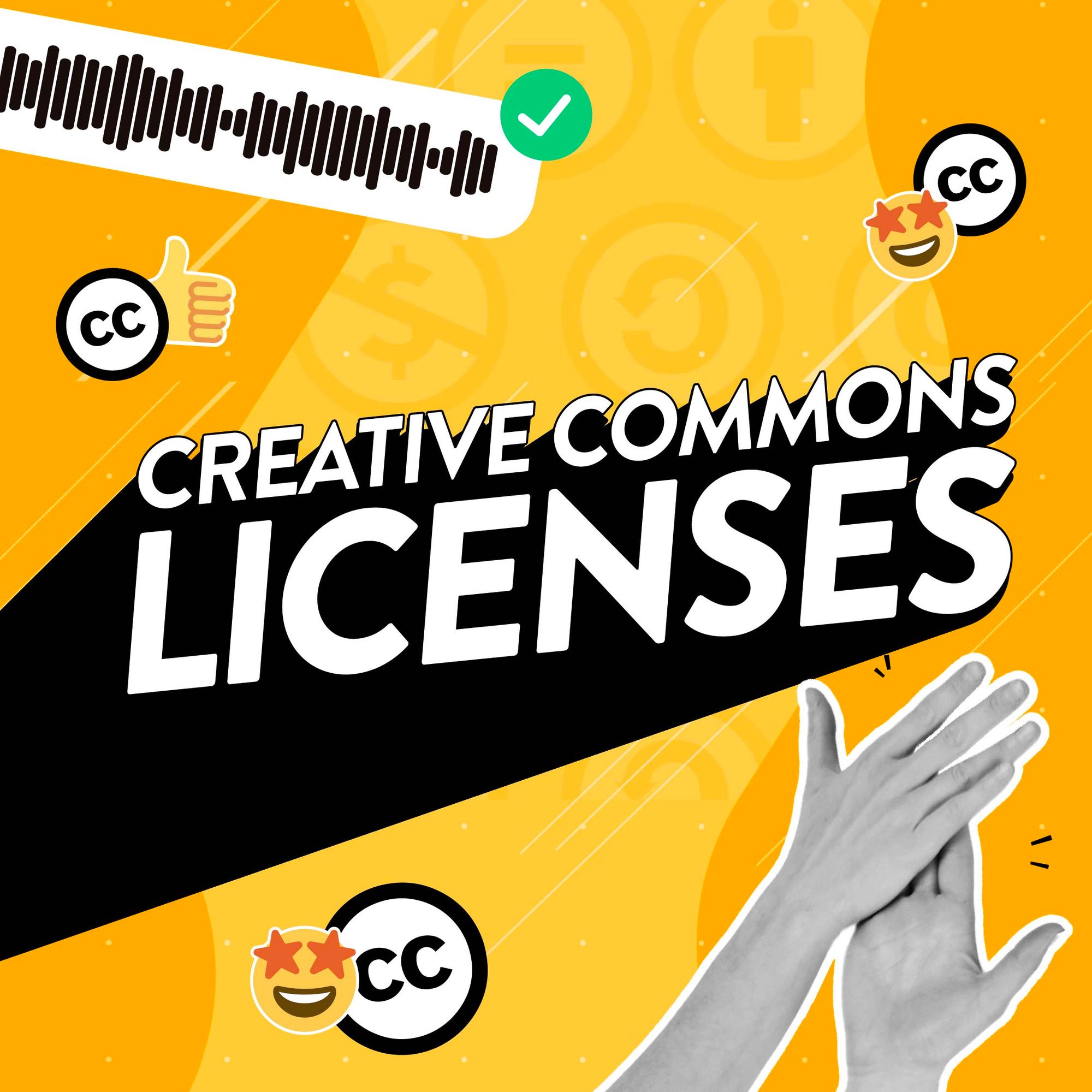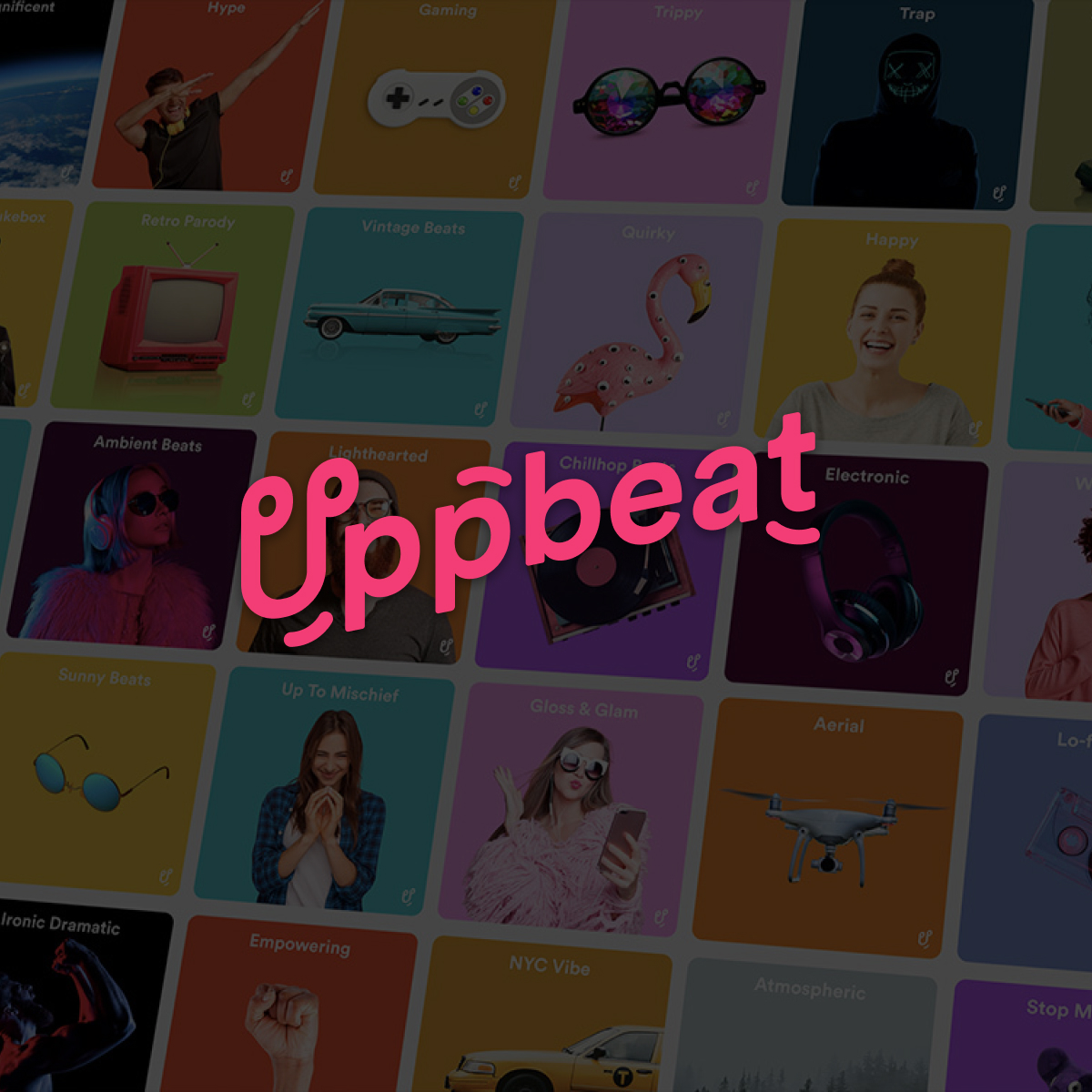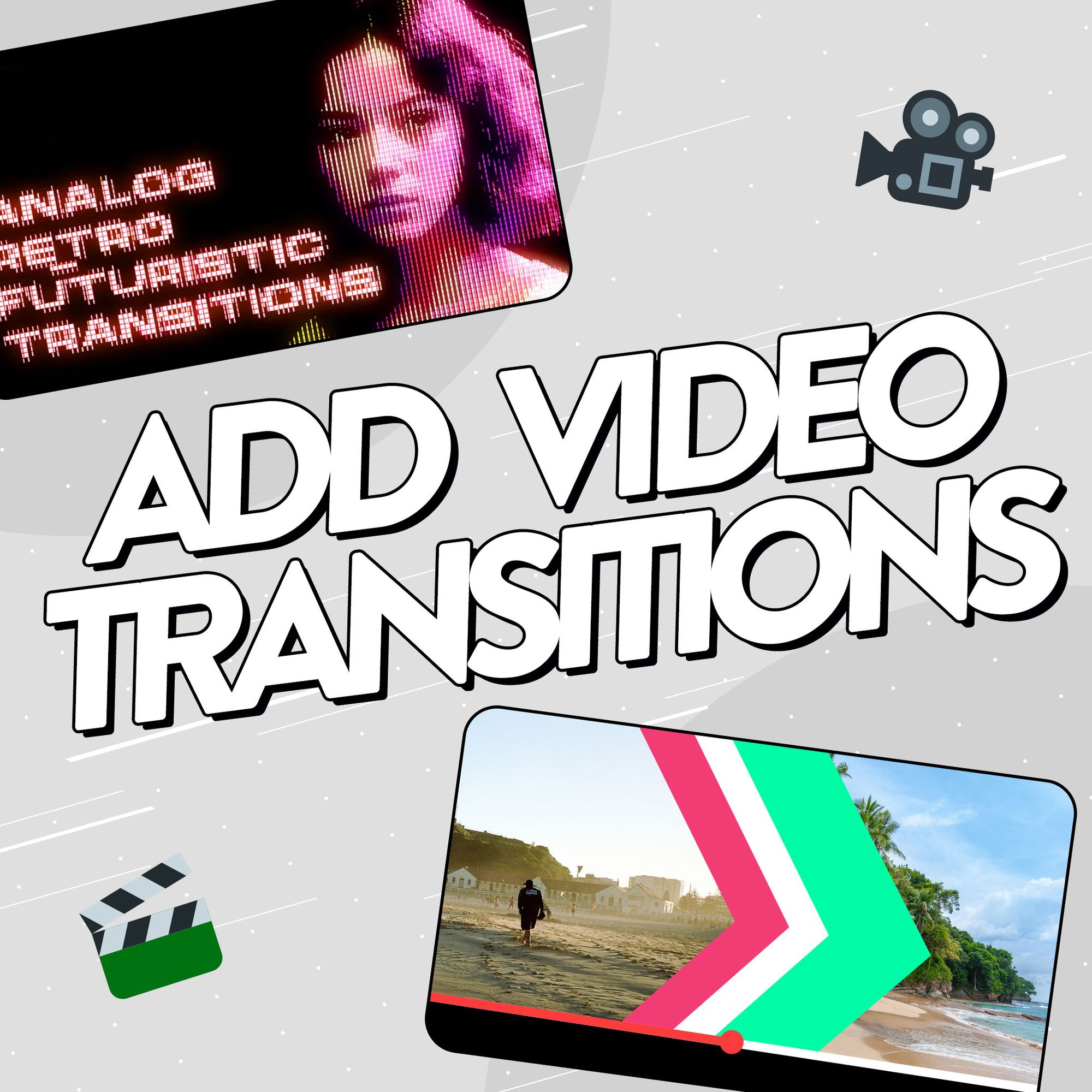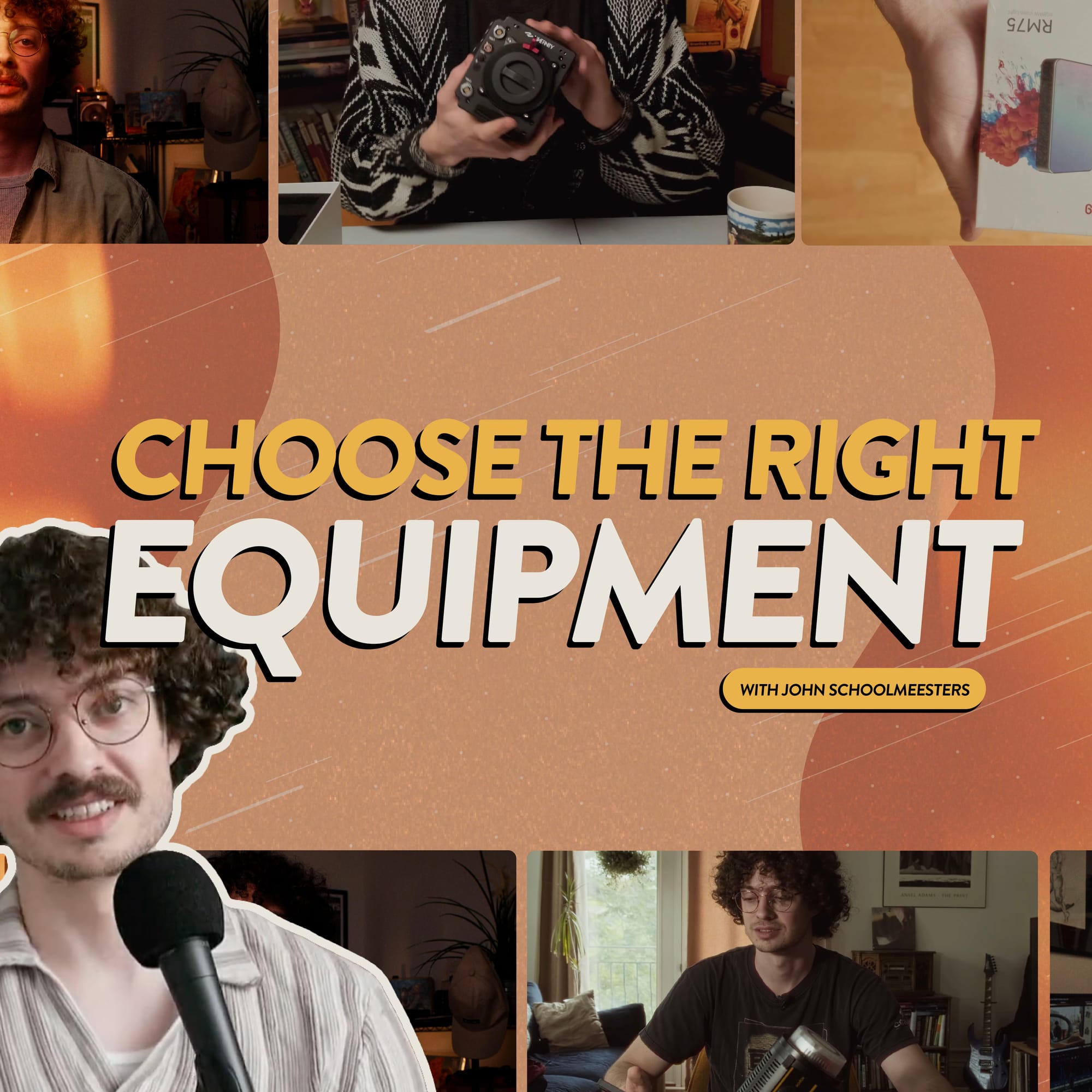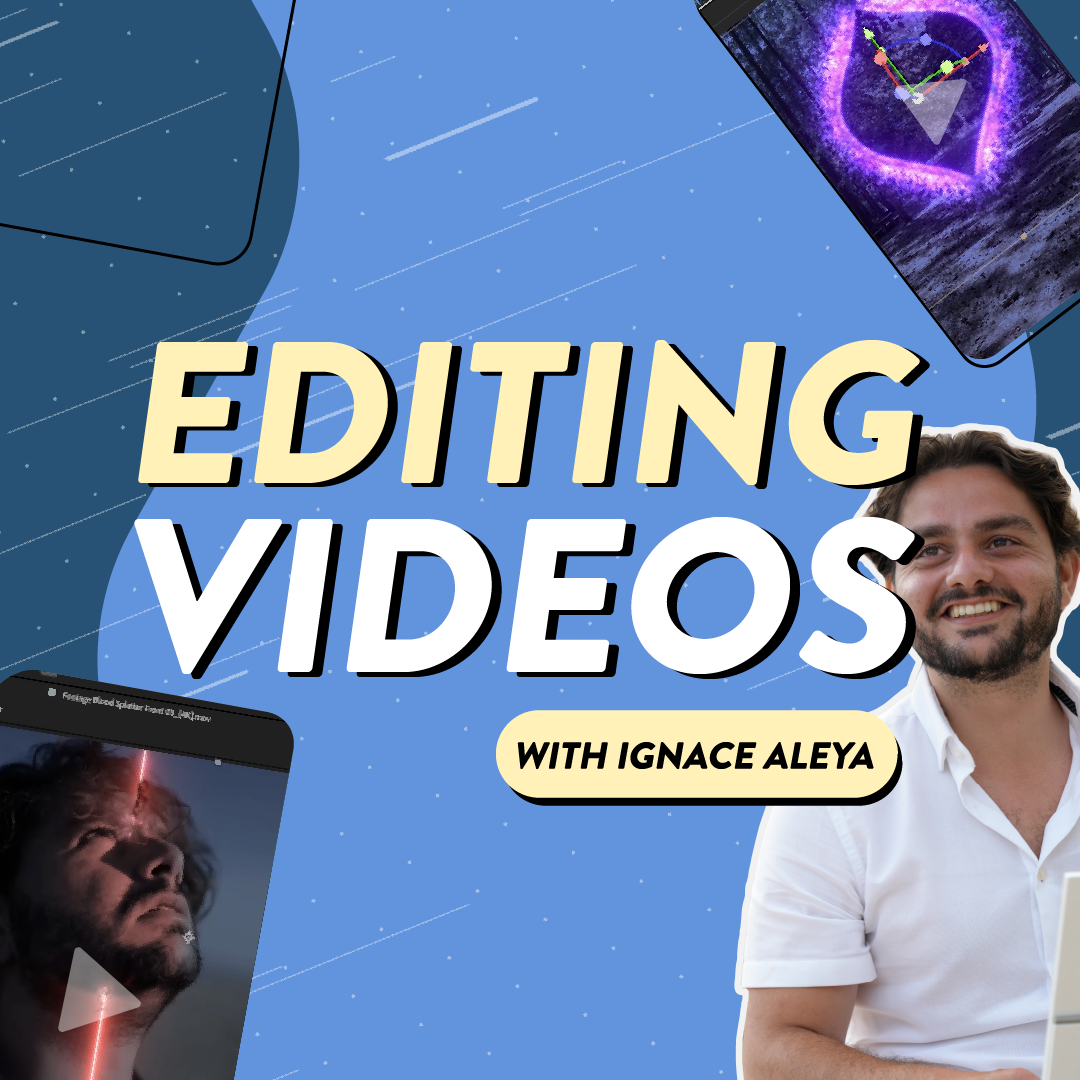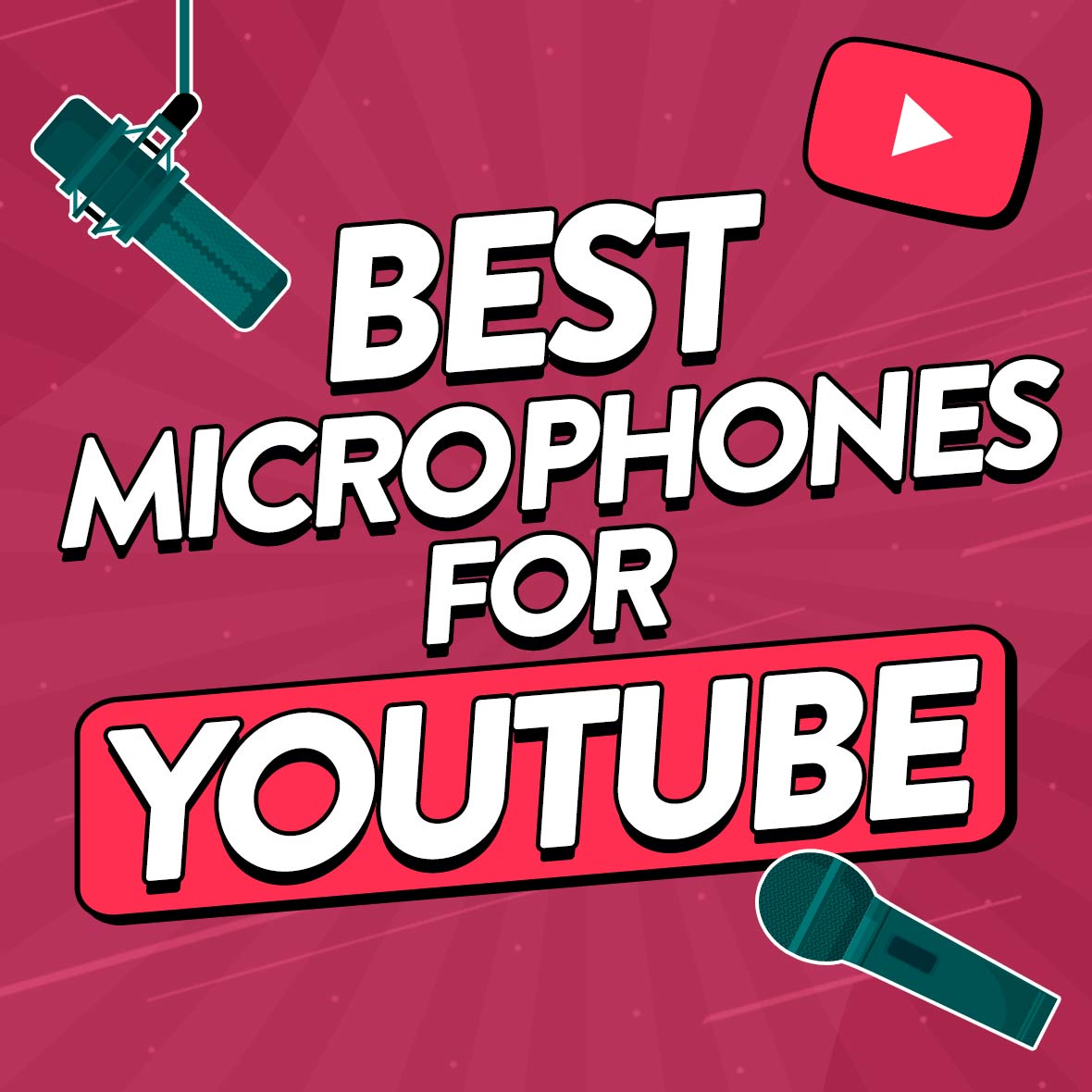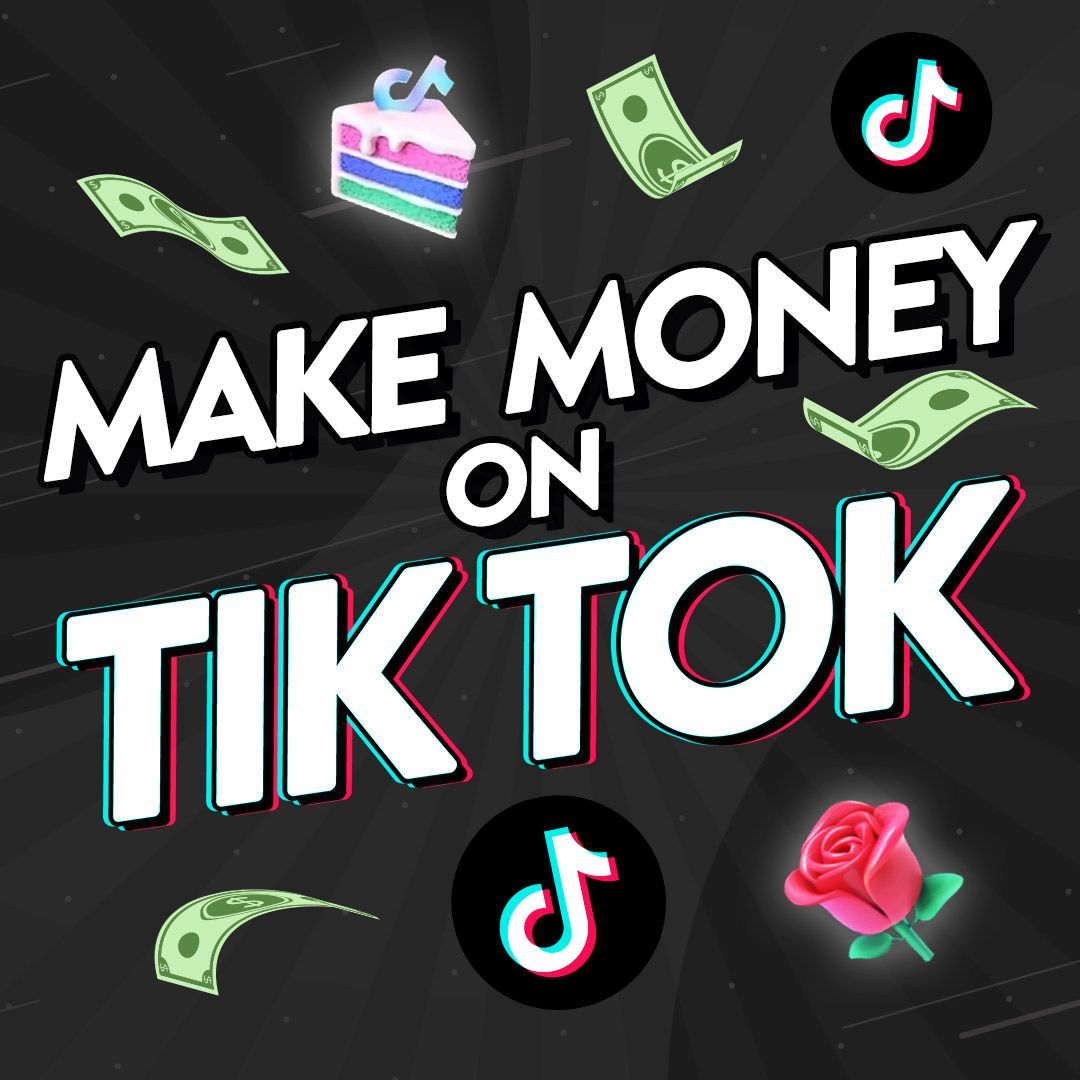Creative Commons is a place for creators to share music, imagery and much more. Its straightforward licensing system allows you to easily share your creations with people around the world, or find assets to add the finishing touches to your latest project. All made possible with Creative Commons licenses.
No matter how you want to share your work, there’s a Creative Commons license to suit your needs. The problem is, it can be tricky getting your head around which of the different licenses is right for your project. And searching huge Creative Commons libraries for music, imagery or footage to safely use in your content can be incredibly time-consuming.
We’re here to remove some of the confusion around Creative Commons licenses. Read on to discover what the different types of license cover. You’ll also find out where to search for free creative works you can safely use in your videos, and the pitfalls you need to look out for.
- What is a Creative Commons license?
- Pick the right Creative Commons license for you
- Compare Creative Commons licenses at a glance
- Different Creative Commons licenses explained
- Where to download Creative Commons music
- How to use Creative Commons music
- Alternatives to searching for Creative Commons music
What exactly is a Creative Commons license?
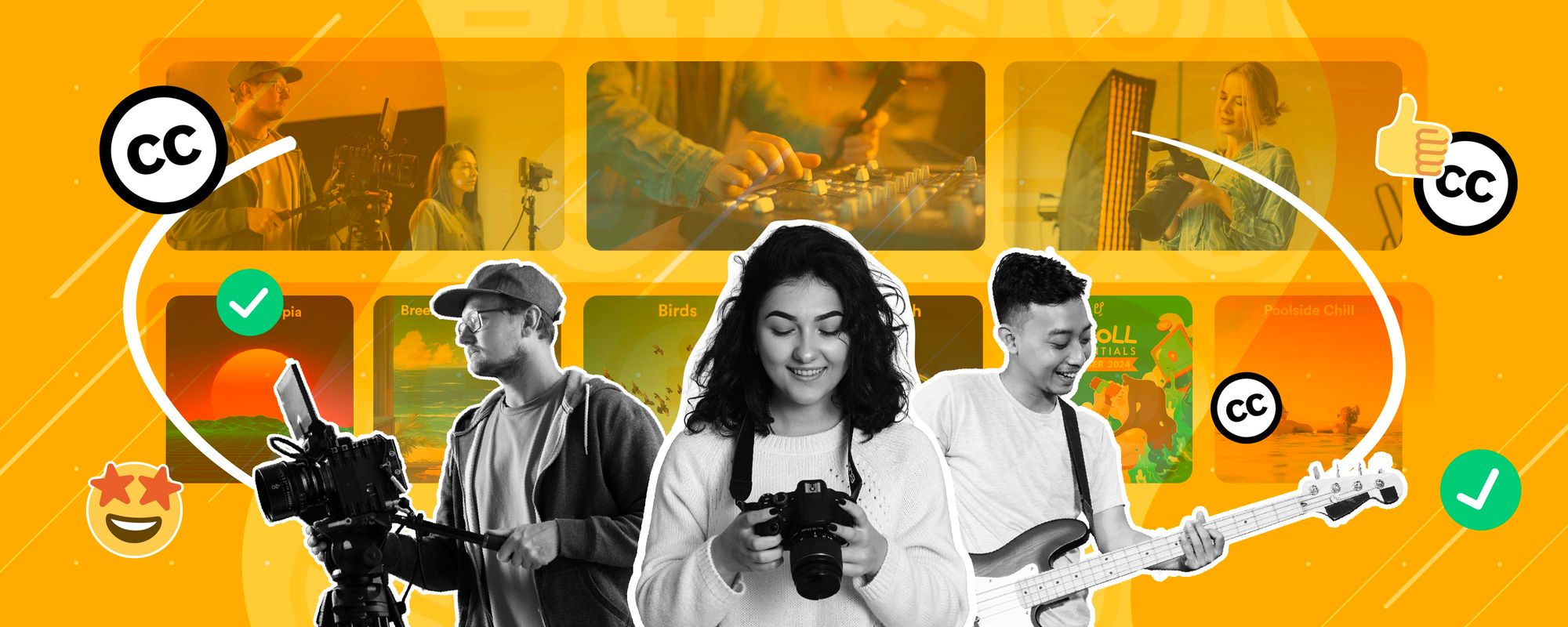
Creative Commons (CC) licenses came about because creators wanted an easy way to share their music, imagery or video content with other people, while still protecting their copyright. Not familiar with what copyright is? We’ve explained what it means for content creators in our guide to music copyright.
A Creative Commons license allows creators to share their Intellectual Property with the world so that anyone can use it without having to ask permission first. This allows people to legally use, remix and distribute content without getting bogged down in copyright issues.
There are six different licenses creators can choose from, giving them the flexibility to share their work in different ways. They could even share their creations with no restrictions at all by putting them into the public domain. Let’s jump into what the different licenses mean.
Pick the right Creative Commons license for you
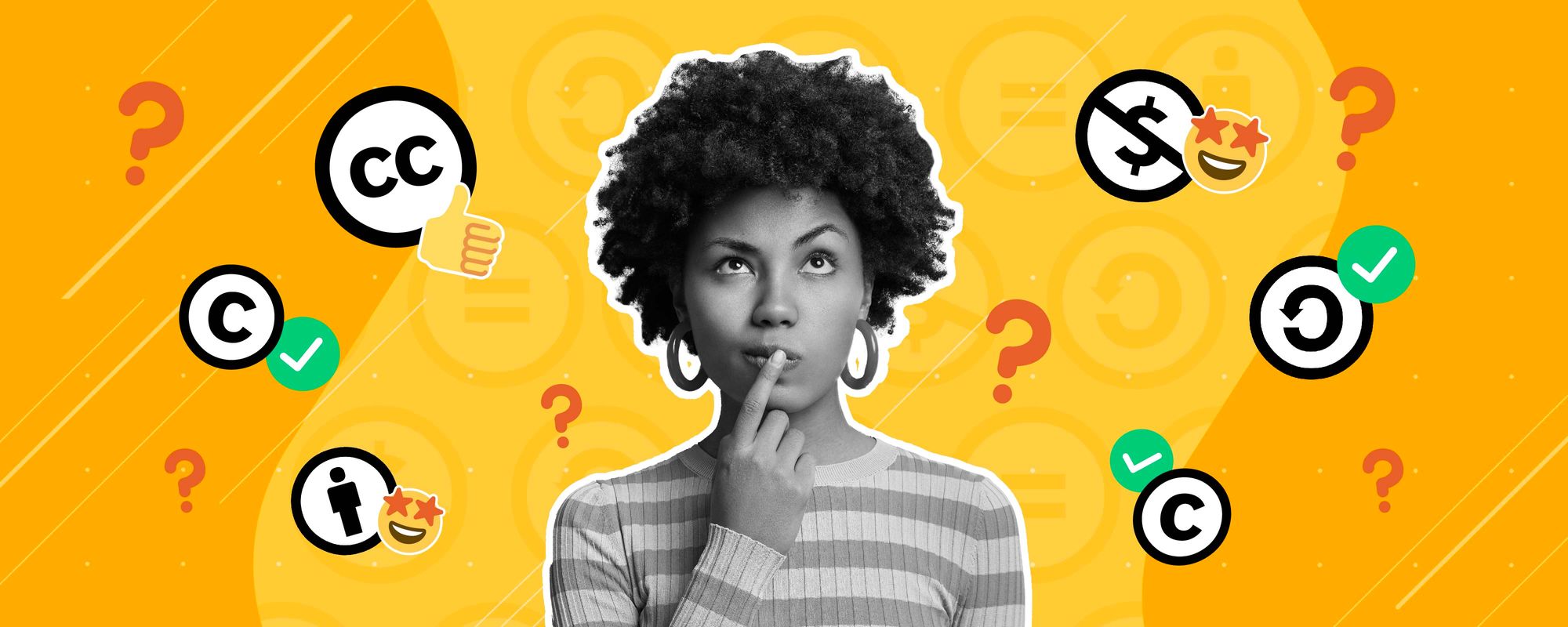
So you know what a Creative Commons license is, but how can you use them for your project? Basically, they make your life easier by spelling out what you can and can’t do up front. Check out what the licenses cover in the table below or read on to find out what the different restrictions mean.
Compare different Creative Commons licenses: At-a-glance
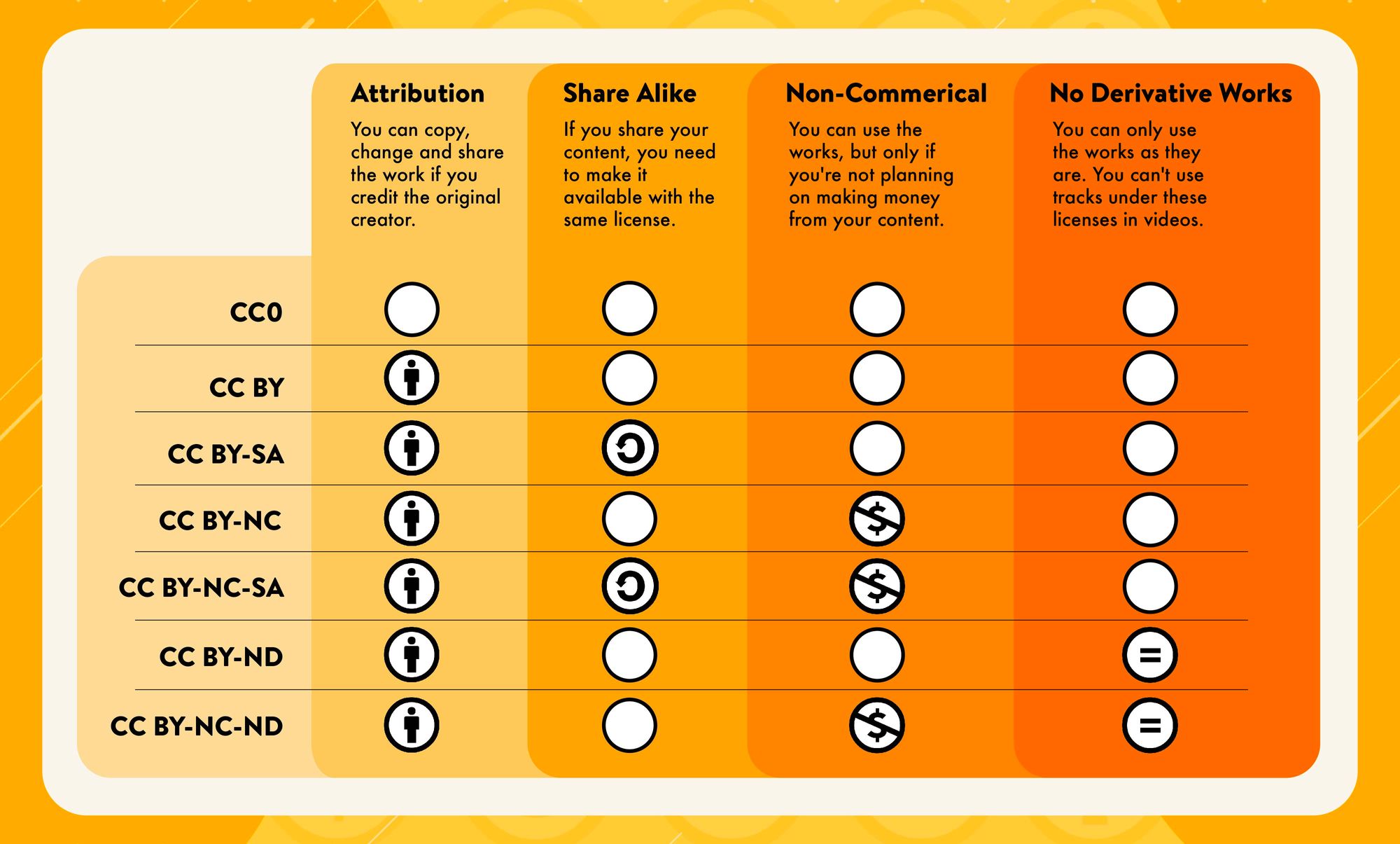
Different Creative Commons licenses explained
1. CC0 (Public Domain)
Free to use without restrictions.
Creators give up their copyright and put their work into the worldwide public domain. You can then use the material in any way you like, without restrictions.
2. CC BY (Attribution)
Free to use as long as you credit the original creator.
You can share, change, and build upon the work, even in videos you plan to make money from. The only thing you need to do is credit the original creator.
3. CC BY-SA (Attribution-ShareAlike)
Free to use as long as you credit the original creator. You must share the work you create using the same license.
Similar to CC BY, but new works based on the original must be licensed under the same terms. This means you can make any changes you like, but you must share your own project or video with a CC BY-SA license as well.
4. CC BY-NC (Attribution-NonCommercial)
Free to use with credit in non-commercial projects.
You can use the original works in your project and make changes to them too, as long as you’re not planning on making money from your content. You’ll need to credit the creator when you publish your content.
5. CC BY-NC-SA (Attribution-NonCommercial-ShareAlike)
Free to use with credit in non-commercial projects. You must share the work you create using the same license.
You can remix, tweak, and build upon the work to use in videos you won’t make money from. But you’ll need to credit the original creator and license any new creations under the exact same terms.
6. CC BY-ND (Attribution-NoDerivs)
Use as is and give credit, but you can’t make changes or use in videos
This allows you to include a creator’s work in your project, even if you’re planning to make money from your content. You’ll need to credit the original creator and you’re not allowed to make any changes to their works either.
Syncing music to video footage counts as an adaptation, which is why you can’t use music under this license in your own content. If you’re looking for free music to add to your content, you’re better off heading to copyright-free music libraries like Uppbeat.
7. CC BY-NC-ND (Attribution-NonCommercial-NoDerivs)
Use in non-commercial projects with credit, but you can’t make changes or use in videos
This is the most restrictive license. It allows you to download the works and share them with others as long as you credit the creator. But you can’t change their work in any way or use it in projects you want to make money from.
Similar to the CC BY-ND license, you won’t be able to use music under this license in your own content. That’s because syncing music to video footage counts as an adaptation under a Creative Commons license.
What you need to know when using Creative Commons music
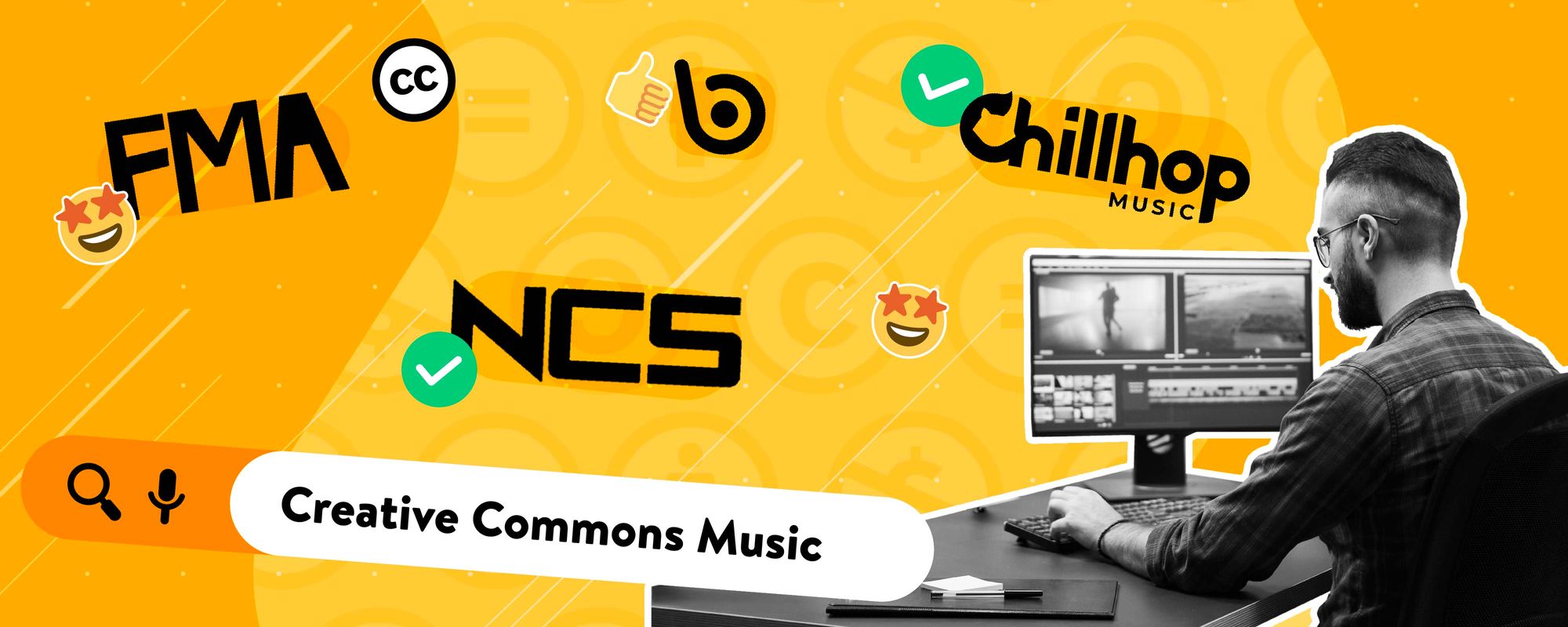
Creative Commons licenses have opened up a world of incredible music you can safely use without worrying about copyright issues. They allow you to easily collaborate with thousands of artists globally, as long as you know where to find them.
Let us guide you through where to find the best music that’s available with a Creative Commons license and explain how to use Creative Commons music.
How to find Creative Commons music
Creative Commons music is widely available, from well-known sites like YouTube and Wikipedia, to specialist music libraries. It might take some trawling and the quality will vary, but there are gems to be uncovered if you know where to look.
Your best bet is heading to music platforms like Soundcloud or Bandcamp and searching for ‘Creative Commons music.’ These massive libraries of music give you a better chance of finding a soundtrack that’s right for your project. Alternatively, you can also try other music libraries like Free Music Archive and Jamendo, or sites like Wikimedia Commons.
How to use Creative Commons music
Creative Commons licenses make using music in your content easy. Simply download the tracks you want to use and credit the original artist.
Make sure you check what’s required as part of the license you’re using. This typically involves including the creator’s name, the title of the work, and a link to the license in your video’s description. If you don’t, you could leave yourself open to the prospect of getting content demonetized or taken down!
What’s the alternative to Creative Commons music?
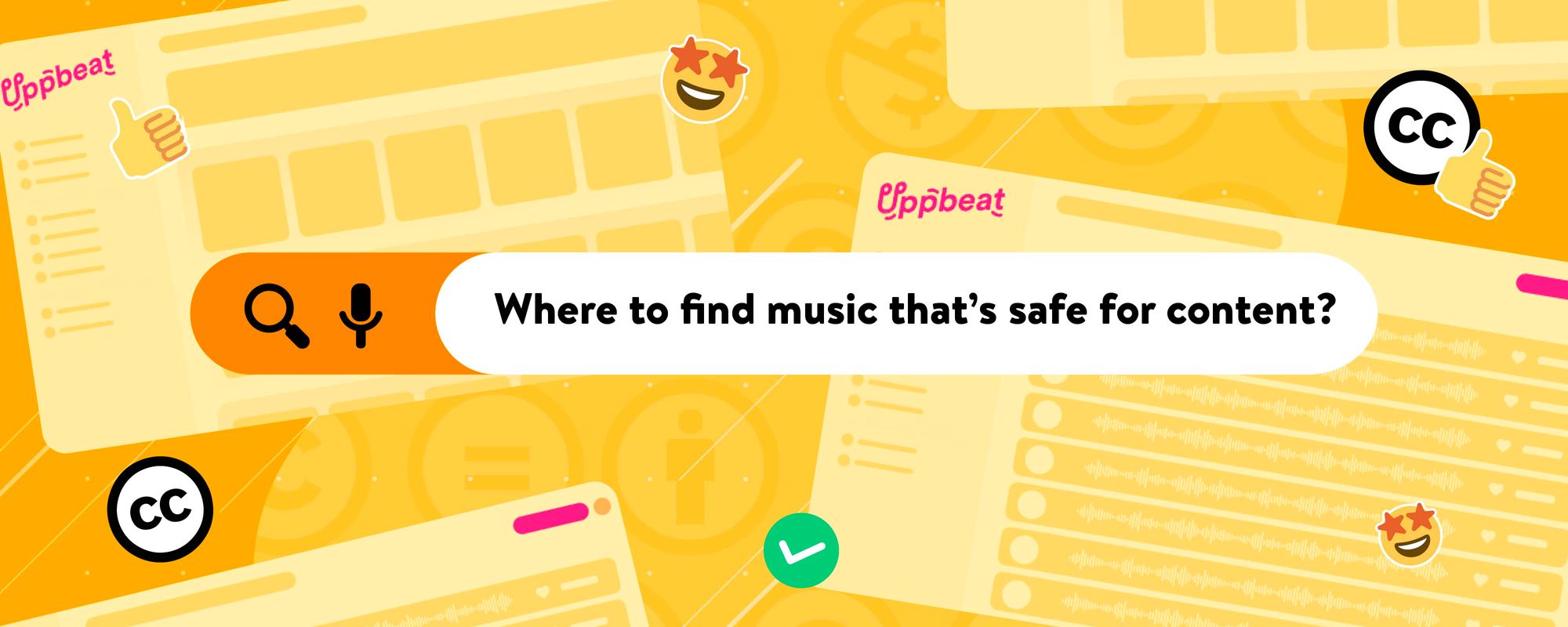
The beauty of the Creative Commons license is that it gives you access to millions of other creators and their work. But having so much choice comes with challenges too.
Searching through tons of low quality music to find the right track can be time-consuming. And if the track you use is removed from Creative Commons later on, you’ll run the risk of copyright claims too. Thankfully there’s a simpler way to find free music to safely add to your content.
You don't need to hunt around for the perfect track when you head to a copyright-free music library like Uppbeat. You’ll find thousands of great tracks and sound effects from our talented artists, all in one place. Uppbeat has been designed with creators in mind, making it easy to find your ideal soundtrack.
Instead of working out what each Creative Commons license means, you can download Uppbeat’s music confident it’s safe for your videos. Easily find your perfect soundtrack by heading to Uppbeat and trying it out for yourself.
Embrace collaboration with Creative Commons licenses
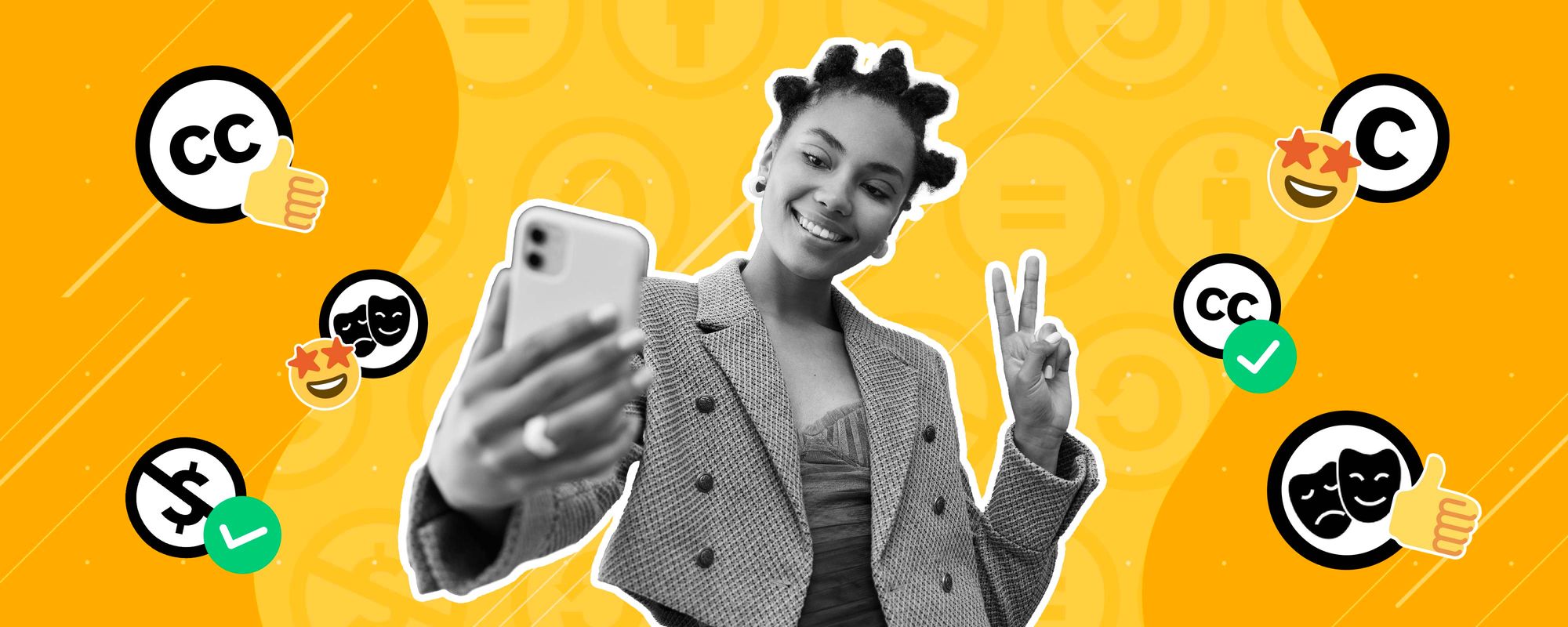
Creative Commons licenses open up limitless opportunities for collaboration. You can use other people’s creative works legally without having to ask permission first.This means you can focus on getting creative, safe in the knowledge you’re not going to run into copyright issues.
The main hurdle with Creative Commons licenses is actually finding something that works for you. Searching for the perfect music track, imagery or piece of footage can easily lead you down a rabbit hole.
A simple alternative is to find copyright-free music that’s safe to use in your videos by heading to Uppbeat’s library. You’ll discover tracks from talented artists that are all completely safe to use in your content. And best of all, you can start downloading for free.
Everything you need to know about music licensing
Want to dive deeper into the world of music licensing and learn about how to find tracks you can safely use in your videos? Check out our related guides on all things music licensing:
- What is Royalty-free Music? And How is Copyright-free Music Different?
- How Uppbeat’s Music Licenses Work
- What Are Music Royalties? And How Do They Work In 2025?
- Music Licensing Explained: The 7 Different Types of Music Licenses for your Project
- How to Find Out if a Song is Copyrighted: Safely Using Music in Videos
- Understanding Music Copyright: How to Safely Use Music in Your Videos
- What does DMCA mean? How to protect your content from DMCA copyright takedowns
- What is Public Domain Music? Should You Use It?
- What is a Creative Commons License?

